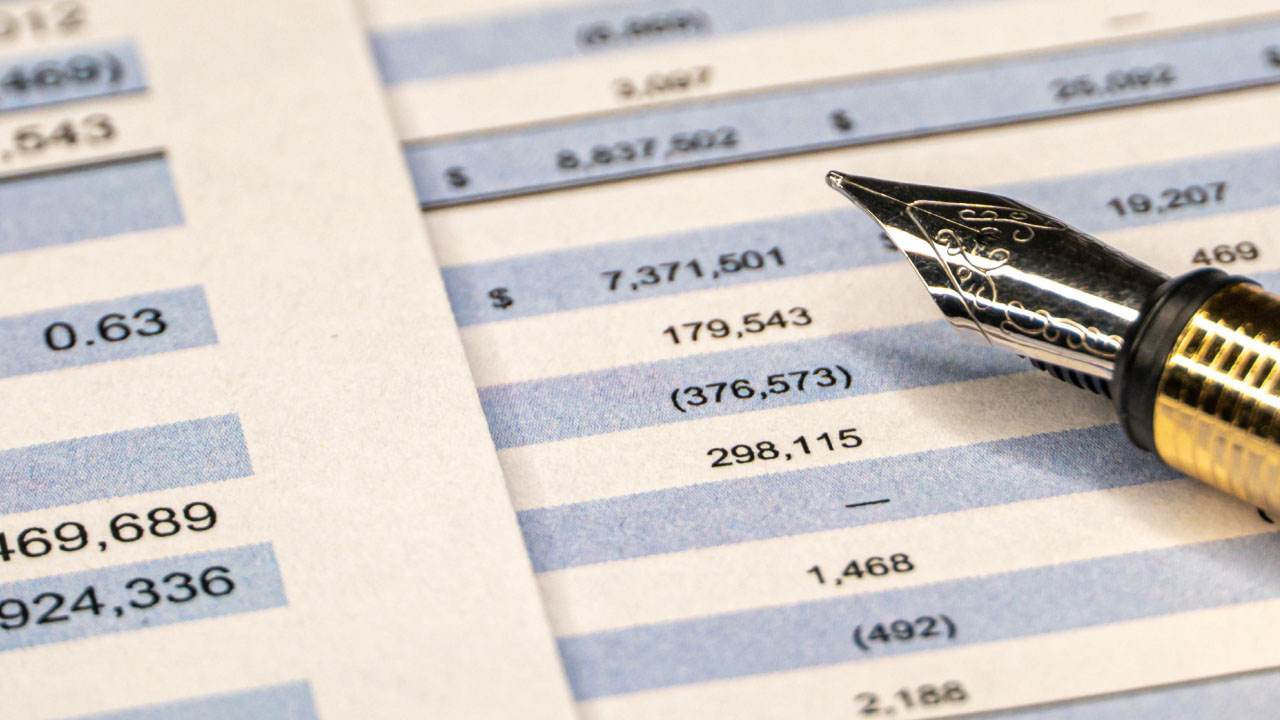A balance sheet provides a snapshot of a company's financial health and stability. By analyzing a balance sheet's assets, liabilities, and equity, traders can assess a company's liquidity, leverage, and overall financial position. This enables traders to make well-informed trading choices that align with their risk tolerance and investment objectives.
Let us dive deeper into learning how to read a balance sheet for trading.
What is a balance sheet?
A balance sheet, also known as a statement of financial position, is a financial statement that provides a snapshot of a company's financial condition at a specific point in time. It includes the following components:
- Assets represent what the company owns or controls
- Liabilities are its obligations and debts
- Shareholders' equity represents the residual interest of the company's owners after deducting liabilities from assets
It can assess a company's solvency, liquidity, and overall financial health, making it essential for various stakeholders, including investors, creditors, analysts, and traders.
How to read a balance sheet for trading?
Here are the steps to read a balance sheet for successful trading:
1. Understand the basics
Familiarize oneself with the fundamental elements of a balance sheet, including assets, liabilities, and shareholders' equity. Remember that assets = liabilities + shareholders' equity must always hold.
2. Analyze the structure
Look at the order in which assets and liabilities are listed. Typically, assets are listed in order of liquidity, with the most liquid assets (cash, short-term investments) listed first. Liabilities are usually listed in order of maturity, with short-term liabilities coming before long-term ones.
3. Assess liquidity
Focus on the company's current assets and liabilities. Compare current assets (like cash, accounts receivable) to current liabilities (accounts payable, short-term debt). A high ratio of current assets to liabilities indicates better short-term liquidity.
4. Examine debt levels
Analyze the company's long-term debt obligations. Look at the proportion of long-term debt to equity. High levels of debt might indicate higher financial risk.
5. Evaluate working capital
Working capital is the difference between current assets and current liabilities. Positive working capital indicates the company can cover its short-term obligations. Negative working capital might signal potential liquidity problems.
6. Study asset composition
Understand the composition of assets. Are they heavily dependent on intangibles or tangible assets (property, equipment) that provide more financial stability?
7. Analyze equity
Examine the company's equity section to gauge its financial health. Positive equity reflects that the company's assets exceed its liabilities.
8. Look at ratios
Various financial ratios can help one assess the company's performance:
- Debt-to-Equity Ratio: Indicates the proportion of debt to equity, helping traders assess the company's financial risk.
- Current Ratio: Compares current assets to current liabilities, measuring short-term liquidity.
- Quick Ratio: Similar to the current ratio but excludes inventory from current assets.
- Return on Equity (ROE): Measures how effectively the company generates gains from shareholders' equity.
9. Compare to industry peers
Compare the company's balance sheet to similar companies in the industry. This helps traders understand whether its financial position is stronger or weaker.
10. Monitor trends
Regularly review the balance sheets over multiple periods to identify trends. Improving or deteriorating financials can provide insights into the company's performance.
11. Interpret the analysis
Consider the overall financial health of the company. Understand if it is financially stable with manageable debt levels and positive equity or if it shows signs of financial distress.
Also, assess liquidity and working capital. A company with strong short-term liquidity is better positioned to weather economic challenges.
12. Align with trading strategy
Finally, determine whether the company aligns with one's trading strategy. For example, if one is a long-term investor, one might focus on companies with strong fundamentals and growth potential. If one is a short-term trader, one might exploit short-term price fluctuations and invest in companies with higher liquidity mentioned in the balance sheet.
Tips to trade with the help of a balance sheet
Traders can gain insights into company stability, growth potential, and market performance by trading with the help of a balance sheet. Here are the top tips for trading with the help of a balance sheet.
- When trading, pay close attention to the liquidity position of the company. The balance sheet's current assets and liabilities sections can help one determine if the company can cover its short-term obligations. A higher current ratio (current assets divided by current liabilities) indicates better short-term liquidity.
- Evaluate the company's debt levels by analyzing the balance between its long-term debt and equity. A high debt-to-equity ratio might indicate higher financial risk, which can impact the company's ability to generate returns and repay debts, enabling traders to make a trading decision accordingly.
- Tracking changes in the balance sheet over time helps traders identify trends and assess the company's consistency. Consistent growth in assets and prudent liabilities management can translate to better stock outcomes.
- Understand the company's business model and industry dynamics. Different industries have unique balance sheet characteristics, so interpreting the numbers requires context, such as if the company is capital or labor-intensive, debt or equity dependent, and more.
- Balance sheet analysis and informed trading
Analyzing the balance sheet is important for efficient trading. By grasping the numbers and their context, traders can make smart decisions aligned with a company's health and industry trends.
Disclaimer: All material published on our website is intended for informational purposes only and should not be considered personal advice or recommendation. As margin FX/CFDs are highly leveraged products, your gains and losses are magnified, and you could lose substantially more than your initial deposit. Investing in margin FX/CFDs does not give you any entitlements or rights to the underlying assets (e.g. the right to receive dividend payments). CFDs carry a high risk of investment loss.




